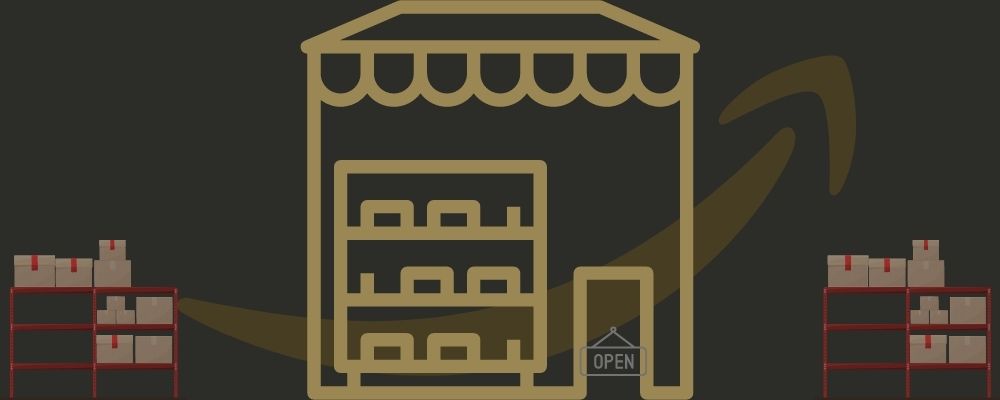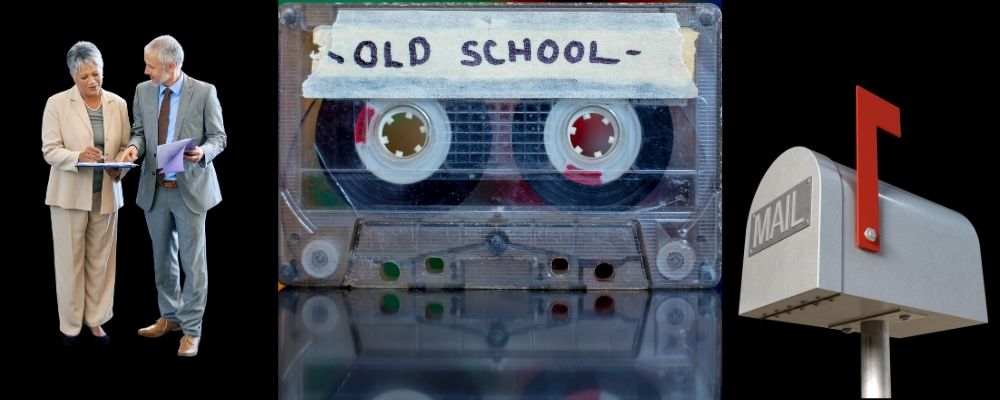|
Listen to the Article Here
|
Small retailers can be competitive with Amazon.
It will take some effort and creativity, and a dash of pivoting, but mom and pop retailers can compete with Amazon in 2021. However, perhaps the better question is how can your shop best prepare to compete agains Amazon?
The very first action you must take is know one of your biggest, if not the biggest, competitors – Amazon – and be aware Amazon is expanding beyond the online space and onto your turf.
In fact, you ought to commit to analyzing all your competitors, big and small. Then review your business, marketing and sales plans. Maybe jump into a SWOT analysis, and perhaps do one for Amazon.
Know your business as well as your competitors. This is critical for mom and pop retailers to compete with Amazon.
ATTACK BY STRATAGEM
Hence the saying: If you know the enemy and know yourself, you need not fear the result of a hundred battles. If you know yourself but not the enemy, for every victory gained you will also suffer a defeat. If you know neither the enemy nor yourself, you will succumb in every battle.
“The Art of War” by Sun Tzu” – Translated from the Chinese by LIONEL GILES, M.A. (1910)
According to a board member of the ICSC – International Council of Shopping Centers – Amazon is tracking to become a force in the bricks-and-mortar retail business space, with an estimation of up to 3,600 physical stores.
Starting today, commit to take action. Start by understanding the customer and product differentiation. Unrelentingly test it, then focus on store-specific competitive advantages or, alternatively, follow your gut and see if that works.
You can ignore Amazon, but not for too long.
According to Amazon, These Are the Amazon Stores They Are Rolling Out.
- Amazon 4-star has 31 locations, including one in Manhattan’s high-end Soho neighborhood. Amazon is applying the strategy we are suggesting in this article. Their stores are a sleek retail space offering customers only those products that are very popular and have earned an average of four stars or above.
- A chain of convenience stores: Amazon Go with approximately 28 locations in the United States and United Kingdom,
- Grocery stores without cashiers: Amazon Go Grocery has two locations.
- Amazon Books lists about 24 locations in the United States and sells the product that first put Amazon on the map and destroyed much of the retail bookstore presence – books.
- With 7 locations, Amazon Pop Up sells Amazon’s top brands.
- Amazon Fresh about five locations.
- Amazon also owns Whole Foods, which currently has about 500 locations.
Review Your Product and Brand Selections
For example, let’s say you sell cutlery in your store. Use Amazon to review what are the top-selling and top-rated brands on their site. Then compare and contrast the results of that research with what you stock. If you can acquire the top-selling and top-rated products from Amazon, and price them competitively, then you may want to consider replacing what you stock with those.
As part of your marketing, you will want to inform your market that you did the research to bring them top-rated products. Be known as the retailer that selects the consumer-top-rated brands and products. For consumers, if they want cutlery, they have a choice – Spend their own time researching on Amazon or simply visit your store, which will also have easy, instant returns.
Many people will want to return to local retailers for their shopping needs. They may have flocked to Amazon because of the pandemic and government restrictions on businesses, but the pendulum will swing back to bricks-and-mortar. Why else would Amazon be investing in this space?
You may want to read or purchase the audio version of, “The Paradox of Choice – Why more is less” by Barry Schwartz, which makes compelling arguments for reducing how many brands or products a consumer must choose from in order to increase sales.
Other Success Strategies
- Create and add value for each and every customer on each and every purchase: A “thank you” coupon placed in the shopping bag; A personalized note from the owner placed in the customer’s shopping bag; A customized, branded mint; A branded re-usable shopping bag which, whenever used at your store, provides something for the customer (5% off, a small gift, a bottled water, etc).
- Kick-up your branding: Invest in strong branding; Integrate customer service with your brand.
- Fine-tune your customer service: Create an easy, fun, confident and hassle-free shopping experience.
- Hire or outsource whatever is not in your wheelhouse: So you can focus on your core-competencies, while those other items are handled expertly and efficiently.
- Schedule time to keep up-to-date on the latest and greatest products, services, or trends related to your business and your market.
What Other Strategies Would You Suggest for Small, Independent Retailers to Succeed in 2021?
Comment below with your ideas. Share this article on social and include your ideas. Let’s help small retailers rebound from a really tough 2020!
If you liked this article, you may also enjoy reading, “Stop Selling and Start Relating”




